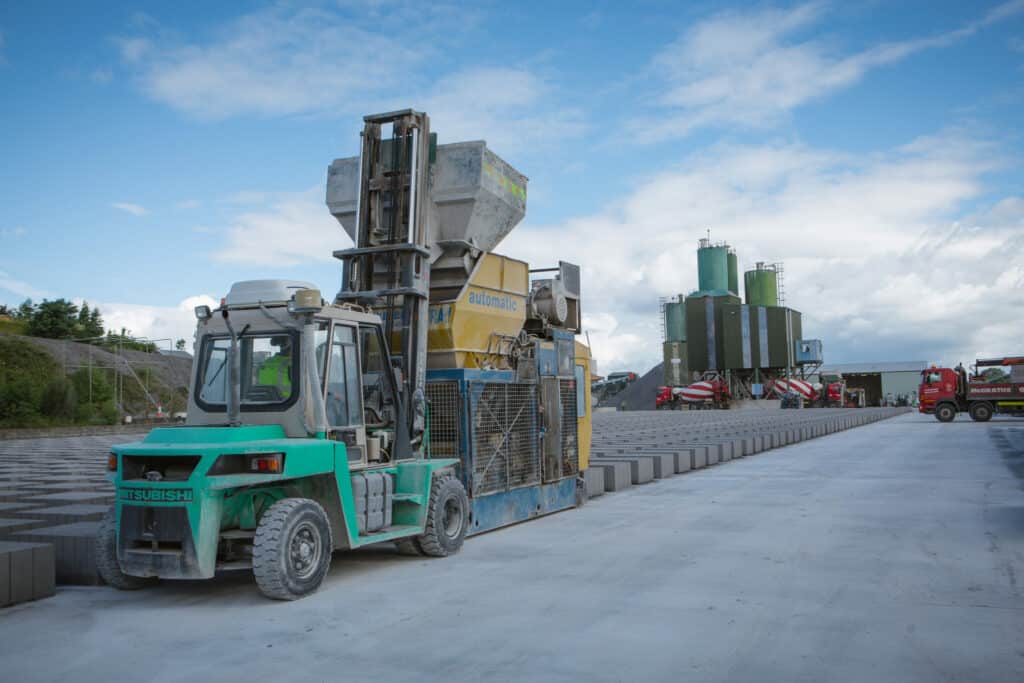How Concrete is Made

Contrary to popular belief, concrete and cement are not the same thing. Cement is actually a component of concrete. Concrete is made up of four basic components: portland cement, coarse aggregate, fine aggregate (sand), water and admixtures. Ground Granulated Blast Furnace Slag (GGBS), which is a by-product of steel manufacture, is used as a cement substitute in some mixes. This combination, or concrete mix, is poured and hardens into the durable material with which we are all familiar.
Cement is a grey powder, when mixed with water, forms the glue to bind together the other ingredients. The most commonly used cement is normal portland cement. It is so called because of the similarity in appearance of the earliest concrete to Portland Stone- a widely used natural stone of the period of its invention.
The coarse aggregate content provides much of the bulk of concrete. It is important to use a strong, well-graded aggregate. The aim is to combine the different sizes of aggregate in such a way as to achieve the optimum packing of the particles and so reduce voids to a minimum.
Fine aggregate (sand) fills the voids between the larger particles. It can be either natural sand or crushed rock fines.
Water is essential to react with the cement, hardening to form a solid matrix, binding the aggregate and sand together. The water content should not be too high, as the strength will decrease.
Admixtures are materials, mainly liquids that are added to the mix to enhance concrete properties.
